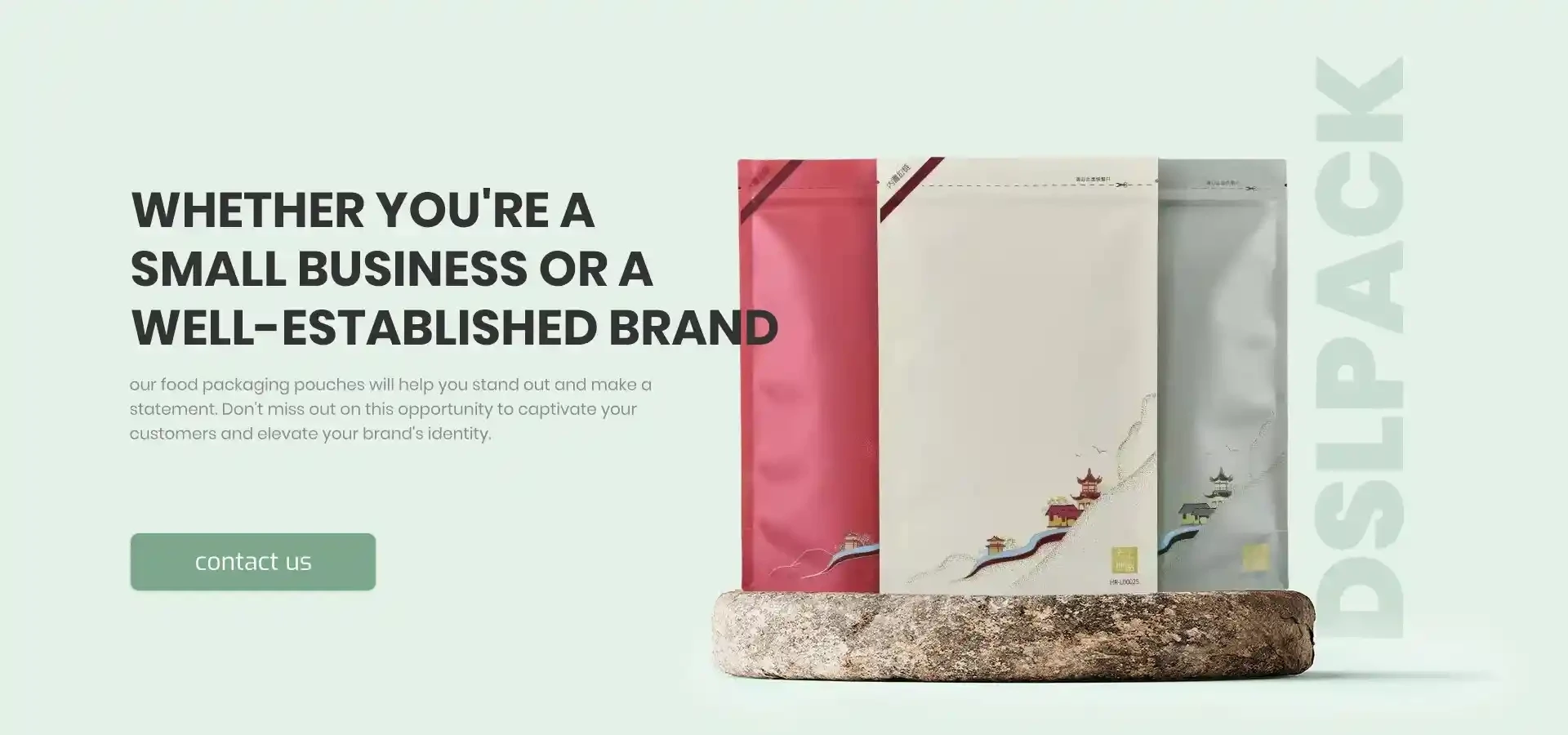- Afrikaans
- Albanian
- Amharic
- Arabic
- Armenian
- Azerbaijani
- Basque
- Belarusian
- Bengali
- Bosnian
- Bulgarian
- Catalan
- Cebuano
- chinese_simplified
- chinese_traditional
- Corsican
- Croatian
- Czech
- Danish
- Dutch
- English
- Esperanto
- Estonian
- Finnish
- French
- Frisian
- Galician
- Georgian
- German
- Greek
- Gujarati
- haitian_creole
- hausa
- hawaiian
- Hebrew
- Hindi
- Miao
- Hungarian
- Icelandic
- igbo
- Indonesian
- irish
- Italian
- Japanese
- Javanese
- Kannada
- kazakh
- Khmer
- Rwandese
- Korean
- Kurdish
- Kyrgyz
- Lao
- Latin
- Latvian
- Lithuanian
- Luxembourgish
- Macedonian
- Malgashi
- Malay
- Malayalam
- Maltese
- Maori
- Marathi
- Mongolian
- Myanmar
- Nepali
- Norwegian
- Norwegian
- Occitan
- Pashto
- Persian
- Polish
- Portuguese
- Punjabi
- Romanian
- Russian
- Samoan
- scottish-gaelic
- Serbian
- Sesotho
- Shona
- Sindhi
- Sinhala
- Slovak
- Slovenian
- Somali
- Spanish
- Sundanese
- Swahili
- Swedish
- Tagalog
- Tajik
- Tamil
- Tatar
- Telugu
- Thai
- Turkish
- Turkmen
- Ukrainian
- Urdu
- Uighur
- Uzbek
- Vietnamese
- Welsh
- Bantu
- Yiddish
- Yoruba
- Zulu
Understanding the Composition and Sources of Cardboard Materials
What’s Cardboard Made Out Of?
Cardboard is a ubiquitous material that plays an essential role in our daily lives, from packaging to art. But what exactly is cardboard made of? To answer this question, we must first delve into its components and the manufacturing process that transforms raw materials into the versatile sheets we know and use today.
At its core, cardboard is made primarily from paper, which itself is derived from plants. The primary source of paper is wood pulp, which comes from trees. The process begins with the harvesting of trees, which are then chipped into small pieces. These wood chips undergo a chemical or mechanical pulping process to separate cellulose fibers from lignin, a binding substance in the wood.
What’s Cardboard Made Out Of?
There are two main types of cardboard single-ply (or paperboard) and corrugated cardboard. Single-ply cardboard is made from a single sheet of thick paper. It is generally used for lightweight packaging, such as cereal boxes or shoe boxes. On the other hand, corrugated cardboard consists of three layers an outer layer (linerboard) on top, a fluted layer (the corrugated medium) in the middle, and another linerboard on the bottom. This design not only enhances the structural integrity of the cardboard but also makes it lightweight and easy to handle, which is why it is widely used for shipping boxes and packaging.
what's cardboard made out of

In addition to wood pulp, some cardboard manufacturers incorporate recycled materials into their production processes. Recycled cardboard, often referred to as brownboard, is created from used cardboard products that are collected, processed, and transformed back into usable material. This practice not only conserves natural resources by reducing the need for new wood pulp but also minimizes waste and the environmental impact associated with landfill disposal.
The environmental sustainability of cardboard production is a growing concern. The industry has responded by implementing more eco-friendly practices, such as sourcing wood from responsibly managed forests and improving recycling methods. Additionally, the biodegradability of cardboard makes it a more environmentally friendly option compared to plastic packaging, which can take hundreds of years to decompose.
Once produced, cardboard is transformed into various forms depending on its intended use. Manufacturers cut, score, and fold sheets of cardboard into boxes, displays, and other packaging products. The versatility of cardboard allows for custom designs tailored to specific needs, such as moisture-resistant coatings for perishable items or printing for branding purposes.
In conclusion, cardboard is primarily made from wood pulp, a renewable resource derived from trees, and can also include recycled materials. The production process transforms raw fibers into a strong, versatile material that is essential for packaging, shipping, and craft projects. As we continue to seek more sustainable alternatives in our consumption practices, cardboard stands out as a biodegradable and recyclable option, making it a smart choice for environmentally conscious consumers and businesses alike.













